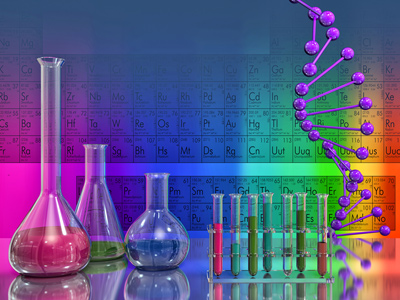
Periodic Table 1
This Chemistry quiz is called 'Periodic Table 1' and it has been written by teachers to help you if you are studying the subject at high school. Playing educational quizzes is a user-friendly way to learn if you are in the 9th or 10th grade - aged 14 to 16.
It costs only $12.50 per month to play this quiz and over 3,500 others that help you with your school work. You can subscribe on the page at Join Us
For high school Chemistry, it is vital that students have a good understanding of the periodic table. In this quiz we take a look at how the periodic table is organized into groups and periods, and also at some of the information we can get about elements from their position in the table.
Ready for more?
not all...
quizzers. Try to win a coveted spot on our Hall of Fame Page.







